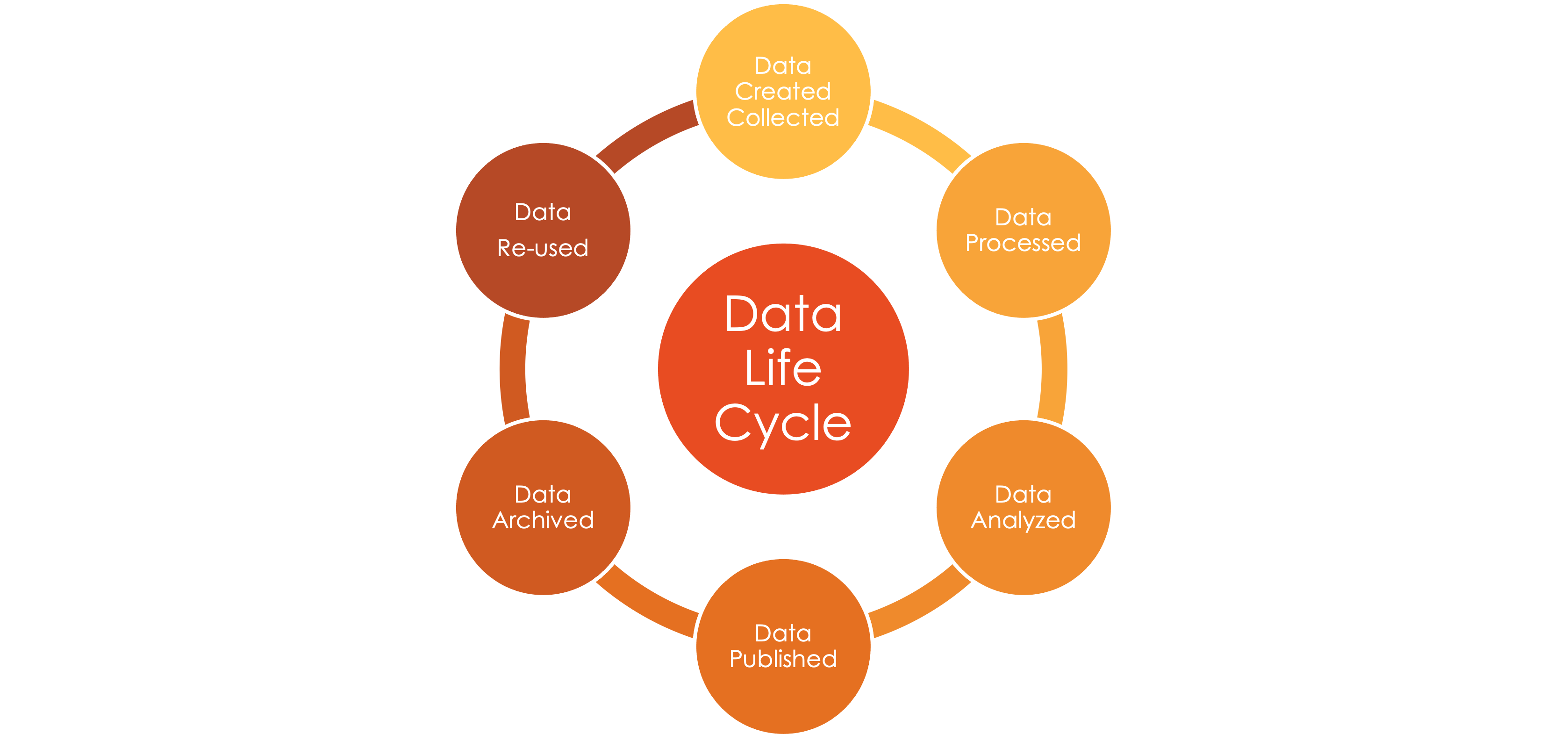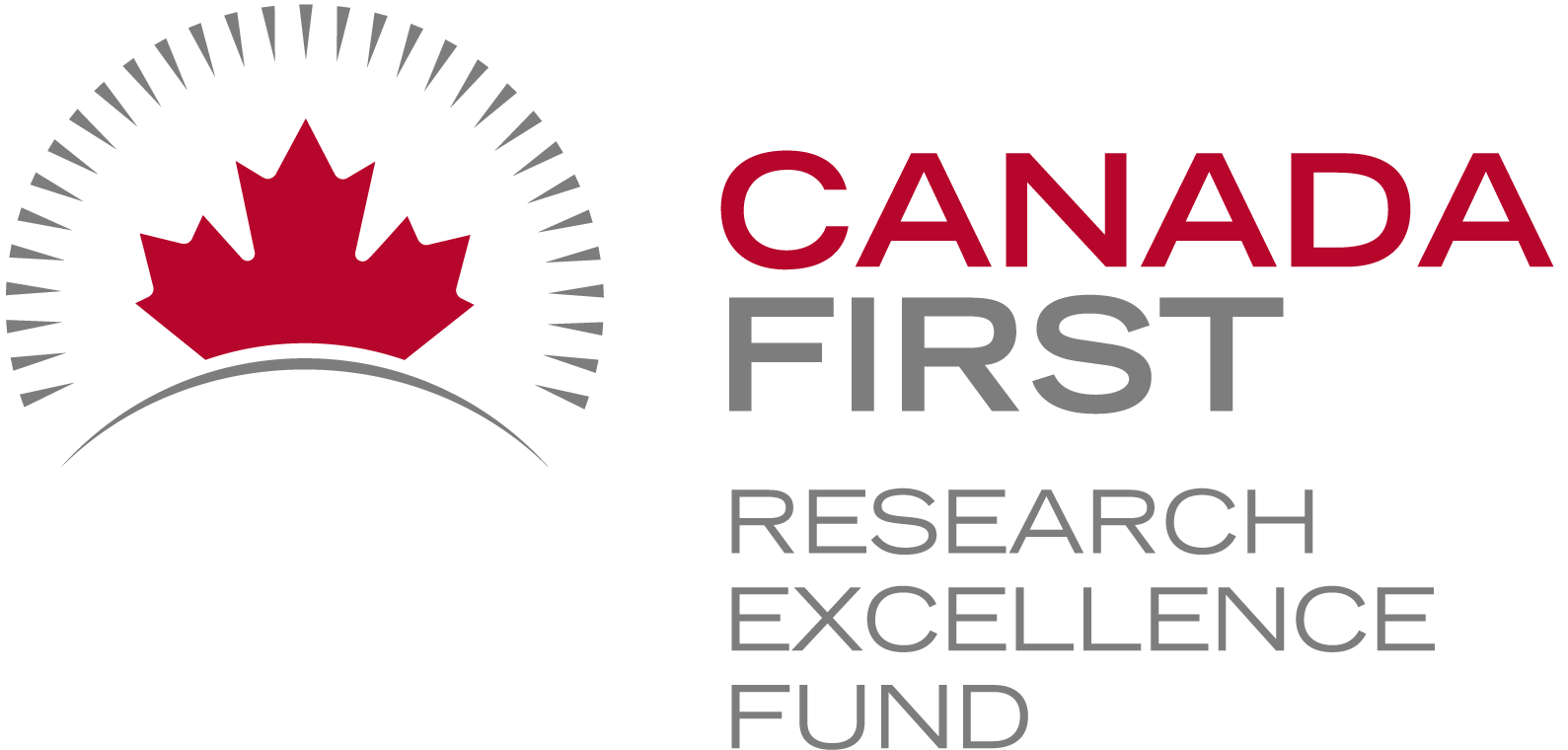
Research Data Life Cycle
Anyone who knows me or has sat in one of my classes, will know how much I LOVE the data life cycle. As researchers we have been taught and embraced the research life cycle and I’m sure many of you could recite how that works: Idea → Research proposal → Funding proposal → Data collection → Analysis → Publication → A new idea – and we start again. The data part of this always seemed the part that took the longest – other than maybe the writing – and really just kind of stopped there. As a grad student, many years ago – too many to count anymore – the data was important and I worked with it, massaged it, cleaned it, re-massaged it, analyzed it – until I was happy with the results and my supervisor was happy with the results as well. Then all the work and concentration shifted gears to the chapter writing and publication. The data? Just sat there – with my MSc project the data entry pieces sat in a banker box, until my supervisor cleared out the lab and shipped that box out to me in Alberta or Ontario. So, the data lives, but in a box.
We talk about FAIR data – Findable, Accessible, Interoperable, and Reusable – um…. my MSc data? Is Findable to me – it’s here on the floor under my desk at home. Accessible? maybe -it’s a box of printouts of the raw data that was entered in 1989. Interoperable? Let’s not even think about that! Reusable? um… maybe as a foot stool! So my MSc data as I’m describing it to you right now it NOT FAIR!
Why not? Because we never thought of the data life cycle back then! Collect data, analyze data, publish!
Today, we know better!!! I look back and get sad at the thought of all the data that was collected that well…. no longer is out there – consider my last post about the OAC 150 anniversary?
Today, we strive to observe and follow the data life cycle – we should be telling data’s story – we should be managing our data so that it can be FAIR! Imagine just for a moment, if I had managed my MSc research data – who knows what further research could have been completed. Now, funny story – there was a project here at University of Guelph that was doing what I did with my MSc but with new technologies. The student who worked on the current project reached out to me to talk about my work – all I could do was tell them about my experiences. My data was inaccessible to them – and it turns out so was my thesis – only copy I had was here in my office – and there was/is no accessible PDF version of it. Now – if my data had been managed and archived (I’ll talk more about this in a later post), the student may have been able to incorporate it into her thesis work – now how cool would that have been? Imaging pigs across 30 years? But…. as we know that did not happen.
So I’m going on and on about this – reason is to convince you all – NOT to leave your data to the wayside – you need to manage your research data – you need to create documentation so that YOU can tell your data’s story once you’ve published your work, and so your data can live on, and have the opportunity to play a role in someone else’s project. I never imagined someone else doing similar work than I did 30 years ago – so you just never know!
I’m going to leave this data life cycle diagram above for you to consider. Next time I’ll start digging into the HOWs of Research Data Management (RDM) rather than the WHYs
![]()



